Home>Dining>Events & Etiquette>Where Did Certain Table Manners Originate?
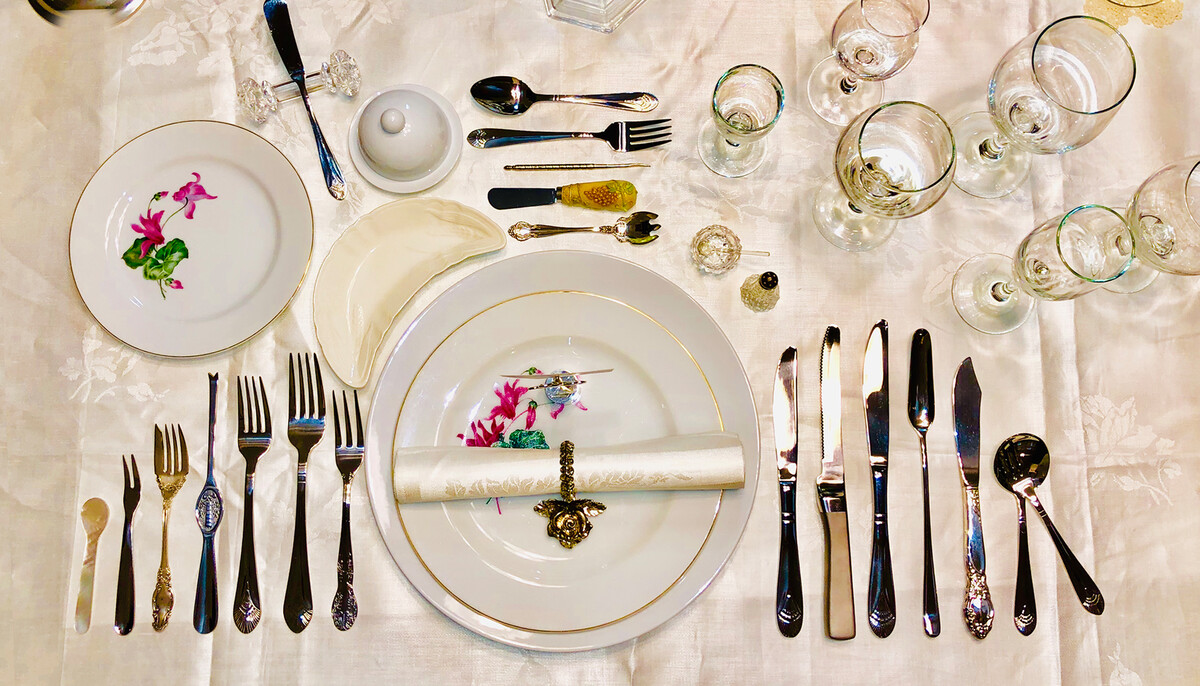

Events & Etiquette
Where Did Certain Table Manners Originate?
Modified: January 6, 2024
Discover the origins of table manners and how they have evolved over time. Explore the connection between events and etiquette in this fascinating exploration.
(Many of the links in this article redirect to a specific reviewed product. Your purchase of these products through affiliate links helps to generate commission for Storables.com, at no extra cost. Learn more)
Introduction
Table manners are an integral part of dining etiquette that have evolved over centuries. They contribute to creating a pleasant and harmonious dining experience, ensuring that meals are enjoyed with elegance and respect. The origins of these table manners can be traced back to various cultures and historical periods. By exploring the influences of different societies, we can gain a deeper understanding of how specific table manners came to be.
In this article, we will delve into the origins of table manners and uncover how certain customs and practices have shaped today’s dining etiquette. From medieval banquets to ancient Egyptian rituals, from Chinese dining traditions to the sophistication of French culture, and the unique blend of influences found in American dining etiquette, we will explore the rich tapestry that has laid the foundation for proper table manners.
Join us on this journey as we unravel the fascinating history and cultural significance behind table manners, drawing connections between various civilizations and exploring how their customs have influenced modern dining etiquette.
Key Takeaways:
- Table manners have diverse origins, from medieval banquets to ancient Egyptian rituals, shaping modern dining etiquette. Understanding their cultural significance fosters respect and appreciation for diverse traditions.
- American dining etiquette reflects a blend of global influences, embracing practicality, informality, and inclusivity. By recognizing and appreciating multicultural influences, we celebrate diversity in dining experiences.
Read more: Where Did Glass Blowing Originate
Origins of Table Manners
The origins of table manners can be traced back to ancient civilizations, where communal dining was a prominent practice. These early societies recognized the importance of order, respect, and social harmony during mealtime. This recognition laid the groundwork for the development of various table manners that we still follow today.
One of the earliest influences on table manners comes from the medieval banquets of Europe. During this period, elaborate feasts were held as a means of displaying wealth, power, and hospitality. Table manners played a crucial role in maintaining decorum and reflecting social status.
Influences from the East also shaped table manners. Ancient Egyptian dining customs emphasized the importance of cleanliness and hygiene. They believed that the act of sharing a communal meal created a bond between individuals. As a result, specific utensils and handwashing rituals were developed to ensure cleanliness during meals.
Chinese dining etiquette is another significant influence on table manners. Rooted in Confucian philosophy, Chinese traditions emphasize respect, harmony, and consideration for others at the dining table. It includes practices such as using chopsticks, serving food in communal dishes, and following a specific seating arrangement based on social hierarchy.
The refinement and sophistication of French dining culture have also left a lasting impact on table manners. French etiquette focuses on elegance, precision, and respect for food and fellow diners. It includes using proper cutlery, keeping hands visible on the table, and the famous “continental” style of dining, where the fork is held in the left hand and the knife in the right.
In the United States, table manners evolved from a combination of various influences. Immigrants from different countries brought with them their traditions, which gradually merged into a distinct American dining etiquette. American table manners are characterized by informality, a mix of continental and American dining styles, and an emphasis on practicality and convenience, such as using utensils rather than hands for most foods.
These are just a few examples of how different cultures and historical periods have contributed to the development of table manners. As dining practices continue to evolve, it’s crucial to understand the roots of these customs and the values they embody. Table manners not only reflect our respect for food and those we dine with but also serve as a vehicle for cultural exchange and understanding.
Influence of Medieval Banquets
Medieval banquets held a significant influence on the development of table manners. These extravagant feasts were not only about indulging in lavish food but also displaying wealth, power, and social status. As a result, strict rules and protocols were established to ensure proper decorum and etiquette during these gatherings.
One of the key aspects of medieval banquets was the emphasis on hierarchy and etiquette. The seating arrangement was carefully planned, with the most important individuals being seated closest to the host. This arrangement communicated the social hierarchy and reinforced the importance of rank and respect.
Table manners played a crucial role in communicating one’s refinement and breeding. Guests were expected to use the appropriate cutlery and eat in a dignified manner. The use of hands was discouraged, as it was considered uncouth and unsophisticated. Knives, spoons, and forks were used to convey a sense of refinement and elegance.
Etiquette regarding conversation and interaction during the banquet was also vital. Guests were expected to engage in polite, intelligent, and entertaining conversation. Interrupting others, speaking loudly, or engaging in improper topics was considered impolite and unacceptable. Proper table conversation added to the overall refinement and ambiance of the banquet.
Another significant aspect of medieval banquets was the elaborate presentation of food. The fine dining experience was not limited to taste alone, but also visual aesthetics. Elaborate table decorations, artistic food displays, and intricate tableware added to the grandeur of the event. Proper handling and appreciation of the food showcased one’s sophistication and appreciation for culinary art.
The influence of medieval banquets can still be seen in modern-day dining etiquette, particularly in formal settings. The emphasis on table manners, seating arrangements, and refined conversation can all be traced back to these extravagant feasts. While the grandeur of these banquets may not be as prevalent today, the underlying principles of order, respect, and social hierarchy continue to shape our dining practices.
Understanding the influence of medieval banquets helps us appreciate the significance of table manners in maintaining social harmony and creating a pleasant dining experience. By adhering to proper etiquette, we not only show respect for the food and the host but also foster an atmosphere of elegance and refinement at the dining table.
Ancient Egyptian Influence on Table Manners
The ancient Egyptian civilization made significant contributions to the development of table manners, particularly in terms of cleanliness, hygiene, and the communal aspect of dining. The Egyptians believed that sharing a meal was an opportunity to bond and strengthen social connections.
One of the key influences of ancient Egyptian dining customs was their emphasis on cleanliness. They recognized the importance of hygiene during mealtime as a way to prevent illness and maintain good health. Handwashing before and after meals was a common practice, and it was considered impolite to touch food with unwashed hands.
Another notable aspect of Egyptian dining was the use of utensils. Egyptians used spoons made of wood, ivory, or metal to eat their food. The use of utensils served the dual purpose of maintaining cleanliness and exhibiting social status. Wealthier individuals would have more elaborate and ornate utensils, showcasing their affluence and refinement.
Communal dining was a significant part of Egyptian culture. Family and friends would gather around a shared table to enjoy a meal together. This practice promoted unity, fostering a sense of camaraderie and strengthening social bonds. It was believed that sharing a meal created a connection between individuals and promoted cooperation and harmony.
Ancient Egyptians also had specific rituals and customs associated with the presentation and consumption of food. Food was carefully prepared and arranged in an aesthetically pleasing manner. Tables were often adorned with flowers and other decorative elements to enhance the dining experience. Guests were expected to appreciate the effort put into the presentation and express gratitude for the meal.
The influence of ancient Egyptian dining customs can still be observed in modern table manners. The emphasis on cleanliness, the use of utensils, and the communal aspect of dining are all practices that have stood the test of time. By incorporating these traditions into our own dining etiquette, we continue to pay homage to the ancient Egyptian civilization and their wisdom.
Understanding the ancient Egyptian influence on table manners reminds us of the importance of cleanliness, respect for food, and the value of shared meals. By upholding these customs, we honor the legacy of a civilization that recognized the significance of dining as a unifying and enjoyable experience.
The origins of certain table manners can be traced back to medieval Europe, where the use of utensils and the concept of dining etiquette were popularized by the nobility. This influenced the development of modern table manners.
Influence of Chinese Dining Etiquette
Chinese dining etiquette is steeped in tradition and reflects the values of respect, harmony, and consideration for others. Rooted in Confucian philosophy, Chinese dining customs have had a profound influence on table manners and continue to shape dining practices in many parts of the world.
One of the most prominent aspects of Chinese dining etiquette is the use of chopsticks. Chopsticks are not just utensils for eating; they are seen as extensions of one’s hands, requiring finesse, skill, and precision. Using chopsticks symbolizes respect for food and the effort put into its preparation.
Communal dining is another significant feature of Chinese dining culture. Meals are typically served family-style, with a variety of dishes placed in the center of the table for everyone to share. This promotes a sense of unity and encourages the idea of taking only what is needed, rather than wasting food.
Chinese dining etiquette also places great importance on the seating arrangement. The seating positions are determined by social hierarchy, with elders and esteemed guests seated at the most honored positions. This seating arrangement reflects the respect and deference given to those of higher status.
Proper table manners in Chinese culture also include slurping soup, which is seen as a sign of enjoyment and appreciation for the meal. Additionally, burping is considered a compliment to the chef, indicating that the food was delicious.
In Chinese dining etiquette, it is customary to offer food to others before serving oneself. This act of offering food to others demonstrates generosity and consideration for others’ needs and preferences. It is also a gesture of respect towards elders and esteemed guests.
Throughout the meal, polite conversation and engaging in pleasant topics are highly valued. Bringing up sensitive or controversial topics is considered impolite and can disrupt the harmony of the dining experience. Mutual respect and consideration for others’ feelings are key principles of Chinese dining etiquette.
The influence of Chinese dining etiquette can be seen in various parts of the world, as Chinese cuisine has gained popularity. Many people now embrace the use of chopsticks and incorporate communal dining practices into their meals, appreciating the cultural richness and values associated with Chinese dining traditions.
By understanding and respecting Chinese dining etiquette, we not only embrace a different cultural perspective but also contribute to a more harmonious and respectful dining experience. Chinese dining customs remind us of the importance of unity, respect, and sharing in the enjoyment of a meal.
Read more: Where Did Easter Baskets Originate
Influence of French Dining Culture
French dining culture is renowned for its elegance, sophistication, and emphasis on gastronomy. The influence of French dining etiquette can be seen globally, as it has shaped our understanding of refined table manners and the art of dining.
One of the hallmarks of French dining culture is the attention to detail in table setting. Every element, from the tablecloth to the silverware, is meticulously chosen to create a visually appealing and harmonious dining experience. The art of table setting reflects the French dedication to aesthetics and the appreciation for the finer things in life.
The French style of dining, known as “service à la française,” involves multiple courses served all at once, allowing guests to savor a variety of flavors and textures. This style requires coordination and timing to ensure that each dish is enjoyed at its optimal temperature and flavor.
French dining etiquette places a strong emphasis on proper cutlery usage. The fork is held in the left hand, tines down, and the knife in the right hand. Unlike the American style, wherein the knife and fork are switched during eating, the French maintain the same hand positions throughout the meal.
Another notable aspect of French dining culture is the concept of “le pain et le sel” (bread and salt). Before taking a bite of bread, it is customary to break off a piece, lightly salt it, and savor it on its own. This ritual symbolizes the essential nature of bread and the importance of appreciating simple pleasures.
The French approach to dining extends beyond the food itself. Conversation and socializing play a significant role in the dining experience. Engaging in stimulating conversation, sharing opinions, and enjoying the company of others are all part of the French art of dining.
French dining etiquette also emphasizes the use of utensils over hands for most foods. The practice of eating with hands is considered inappropriate, except for certain finger foods or fruits. The French value the act of taking time to savor each bite and appreciate the flavors, which is best achieved using utensils.
The influence of French dining culture can be seen in fine dining establishments around the world. The attention to detail, commitment to gastronomy, and the overall elegance and refinement associated with French dining have become global standards of excellence.
By embracing French dining etiquette, we not only enhance our dining experience but also gain a deeper understanding of the artistry and appreciation for food. French dining culture reminds us to slow down, savor each bite, and enjoy the pleasure of a well-prepared meal in the company of good conversation.
American Dining Etiquette: A Blend of Influences
American dining etiquette is a unique blend of various cultural influences brought by immigrants from different parts of the world. As a melting pot of cultures, the United States has developed its own distinct dining customs, combining traditions from Europe, Asia, and beyond.
European influences, particularly from British and French dining cultures, played a significant role in shaping American dining etiquette. The use of utensils, the concept of formal table settings, and the idea of multiple courses can be traced back to these European traditions. However, American dining etiquette has evolved to be more relaxed and informal compared to its European counterparts.
Moreover, the Chinese influence on American dining etiquette cannot be overlooked. The popularity of Chinese cuisine introduced chopsticks to American dining tables and the practice of family-style dining, where dishes are shared among diners. Many American households now incorporate these customs into their everyday meals.
American dining etiquette has also been influenced by practicality and convenience. With the fast-paced lifestyle and a focus on efficiency, Americans have embraced the use of utensils for a wide variety of foods, including pizza, sandwiches, and hamburgers. This preference for utensils over hands reflects an emphasis on cleanliness and convenience.
Another notable aspect of American dining etiquette is the emphasis on informality and casual conversation. Unlike some European cultures that prioritize formal and restrained conversation during meals, Americans tend to engage in lively and relaxed discussions. Sharing personal anecdotes, jokes, and engaging in friendly banter are all part of the American dining experience.
In recent years, the influence of multiculturalism has further diversified American dining etiquette. With the rise of global cuisine and the increasing popularity of foods from different cultures, Americans have embraced a more inclusive and open-minded approach to dining. This has led to greater acceptance of different eating styles, such as using hands for certain dishes and adapting to specific cultural practices.
Overall, American dining etiquette is a dynamic and ever-evolving blend of cultural influences. It reflects the country’s diverse heritage and the willingness to embrace different customs and traditions. While general practices like using utensils, multiple courses, and casual conversations remain prevalent, individual preferences and regional variations add unique elements to the American dining experience.
By recognizing and appreciating the multicultural influences on American dining etiquette, we celebrate the richness and diversity of the United States, creating a more inclusive and respectful dining environment where everyone can enjoy a shared meal.
Conclusion
Table manners and dining etiquette have a fascinating history that spans across different cultures and historical periods. From the influences of medieval banquets to ancient Egyptian rituals, from Chinese dining traditions to the sophistication of French culture, and the unique blend of influences found in American dining etiquette, our table manners have evolved and adapted over time.
We have discovered that medieval banquets shaped the importance of hierarchy, decorum, and refinement in table manners. Ancient Egyptian customs made cleanliness and communal dining integral aspects of mealtime. Chinese dining etiquette promoted respect, harmony, and the skillful use of chopsticks. French dining culture emphasized elegance, gastronomy, and attention to detail. American dining etiquette reflects a blend of various influences from around the world, combining practicality, informality, and inclusivity.
Throughout this exploration, we have come to understand that table manners go beyond mere rules and protocols. They serve as expressions of cultural identity, social cohesion, and respect for food and those we share meals with. Table manners provide an opportunity to appreciate the values and traditions of diverse societies, fostering understanding and cultural exchange.
As our world becomes more globalized, the importance of understanding and respecting different dining customs becomes paramount. By embracing diverse table manners, we embrace the richness and diversity of human culture.
Whether we are sitting at a medieval banquet table, sharing a communal meal in China, indulging in a refined French dining experience, or enjoying a casual meal among friends in America, table manners offer us a chance to connect, show respect, and create memorable experiences.
So, the next time you sit down to a meal, take a moment to appreciate the history and cultural significance behind your table manners. Be mindful of the customs and traditions they represent, and let them guide you in creating a pleasant and harmonious dining experience for yourself and those around you.
Remember, table manners are more than just rules – they are a celebration of our diverse heritage, a reflection of our values, and a way to connect with others through the shared experience of food.
Frequently Asked Questions about Where Did Certain Table Manners Originate?
Was this page helpful?
At Storables.com, we guarantee accurate and reliable information. Our content, validated by Expert Board Contributors, is crafted following stringent Editorial Policies. We're committed to providing you with well-researched, expert-backed insights for all your informational needs.
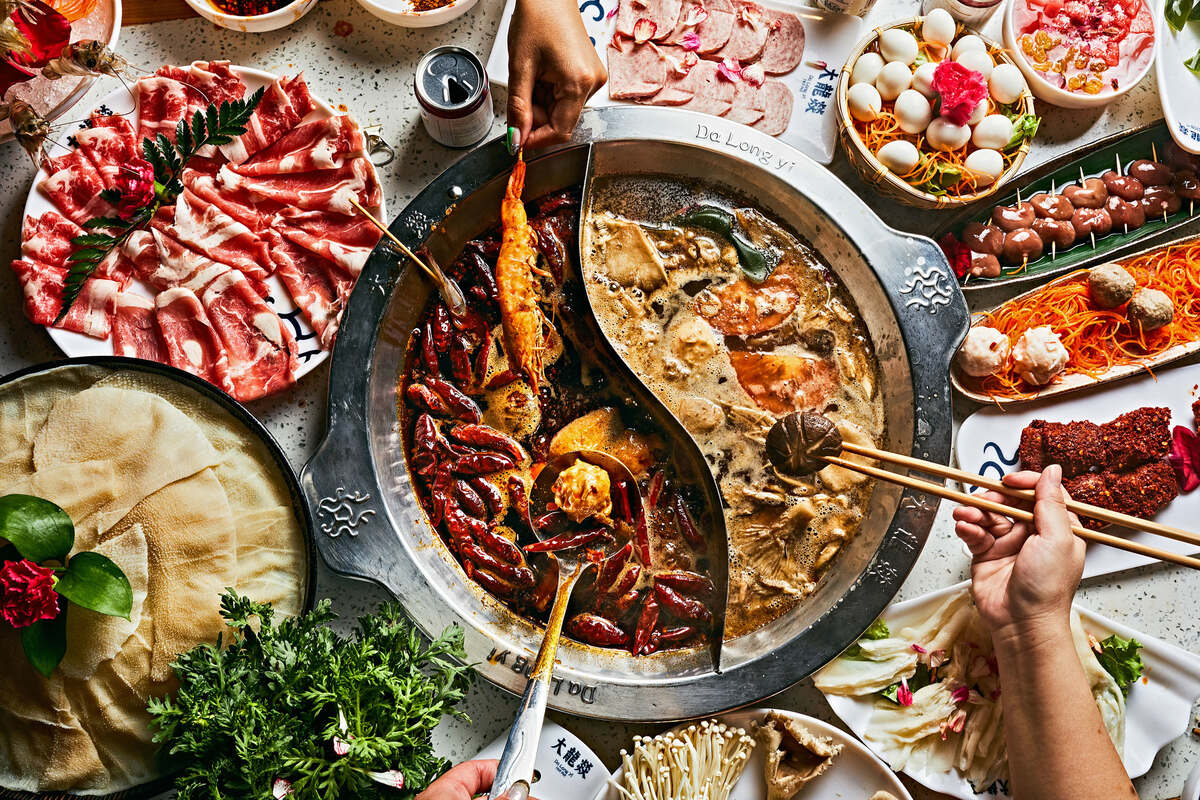



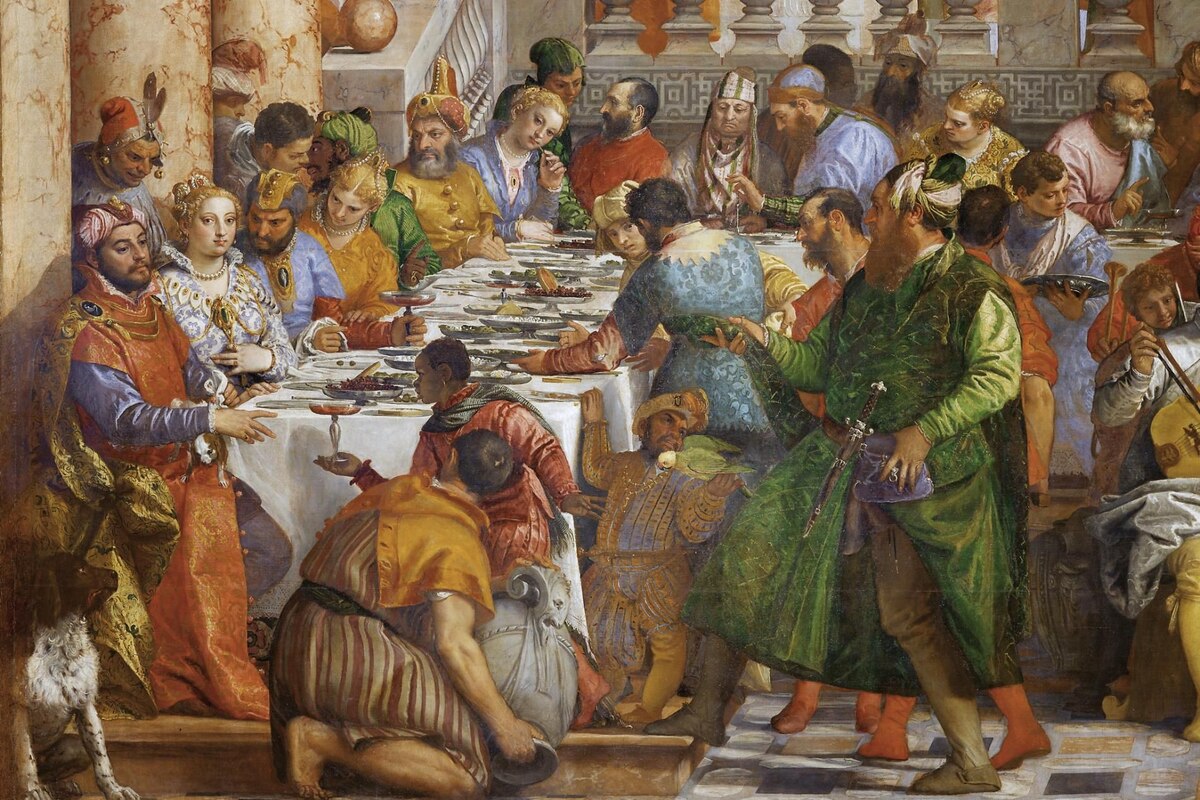

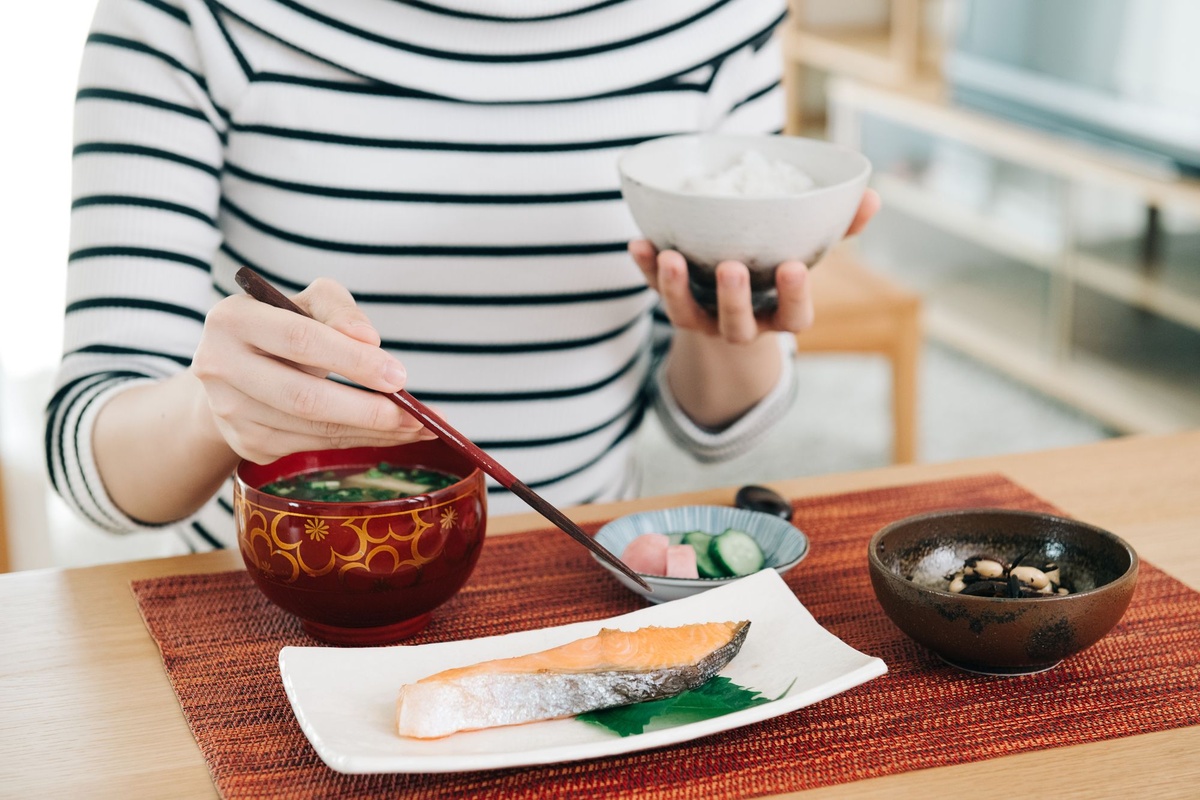
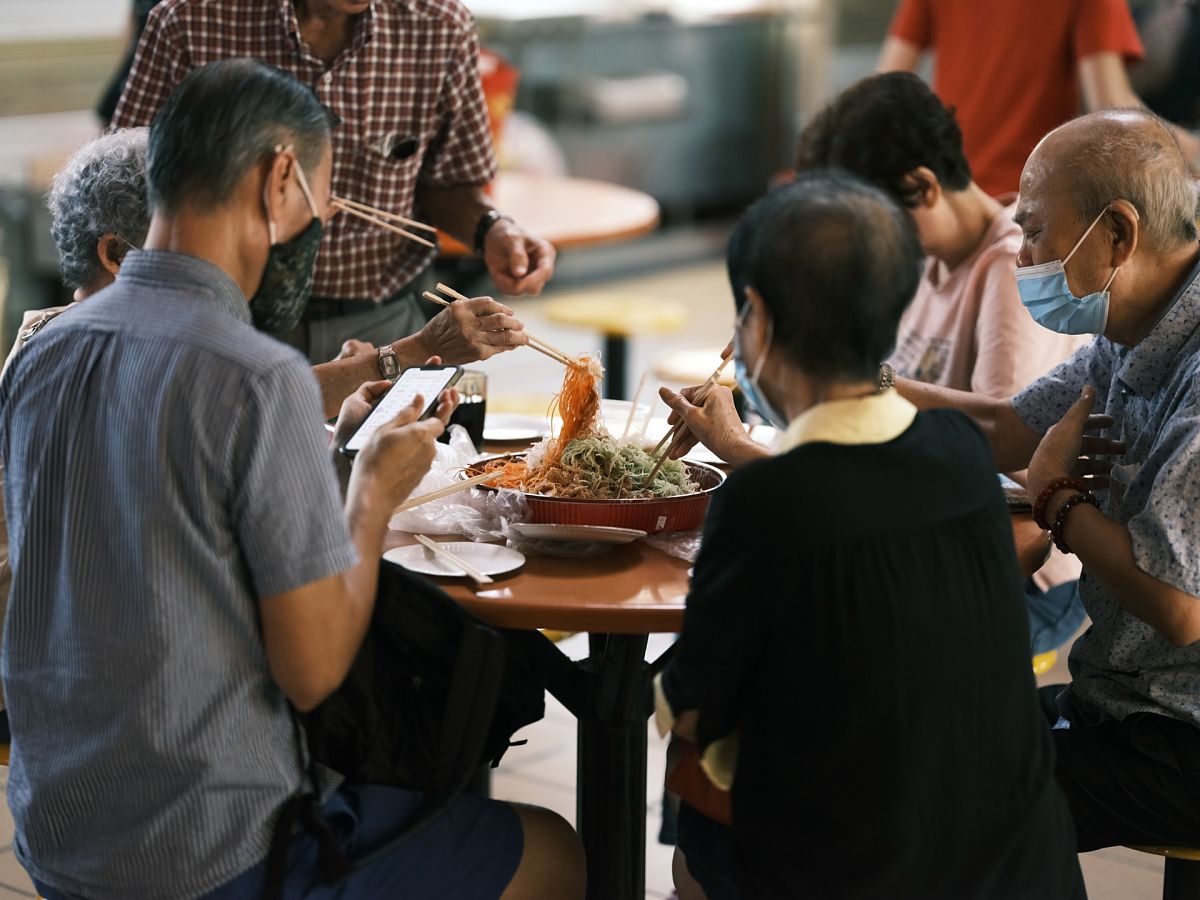

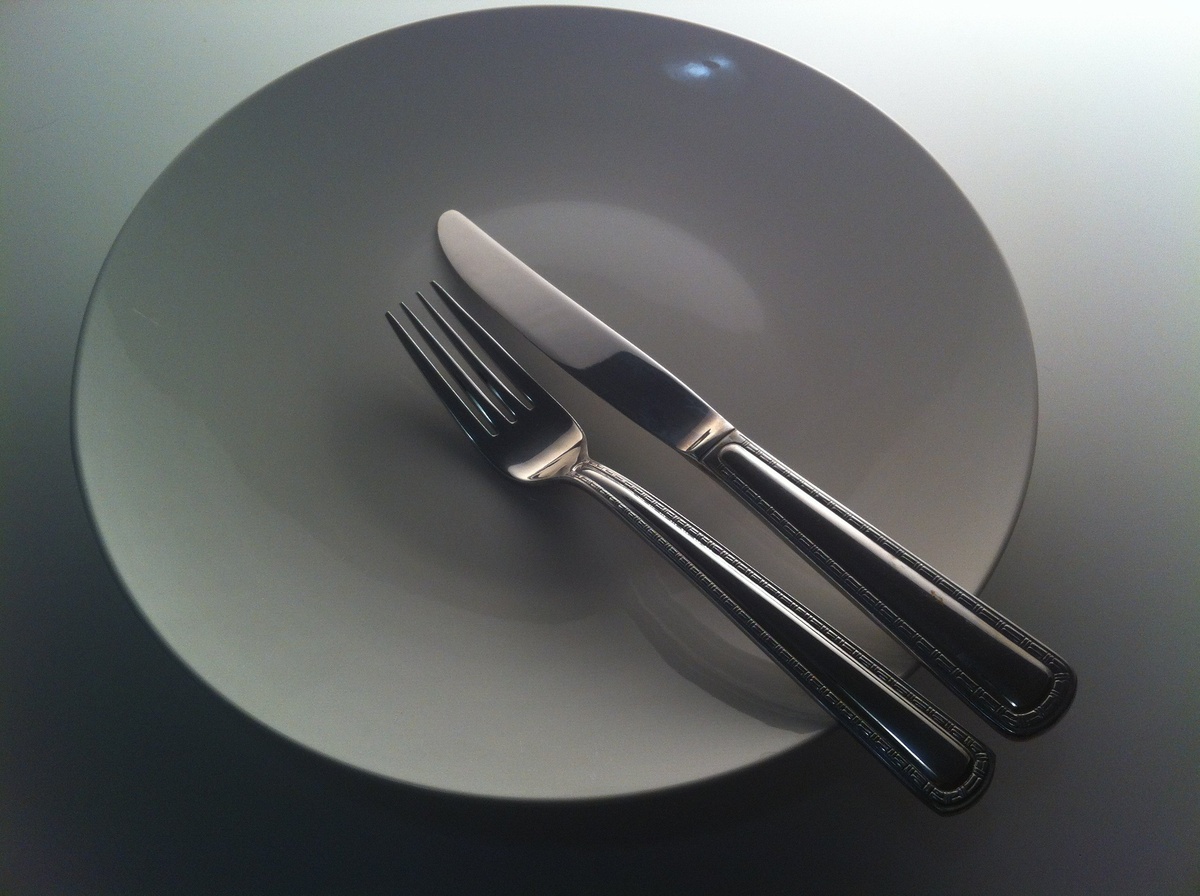

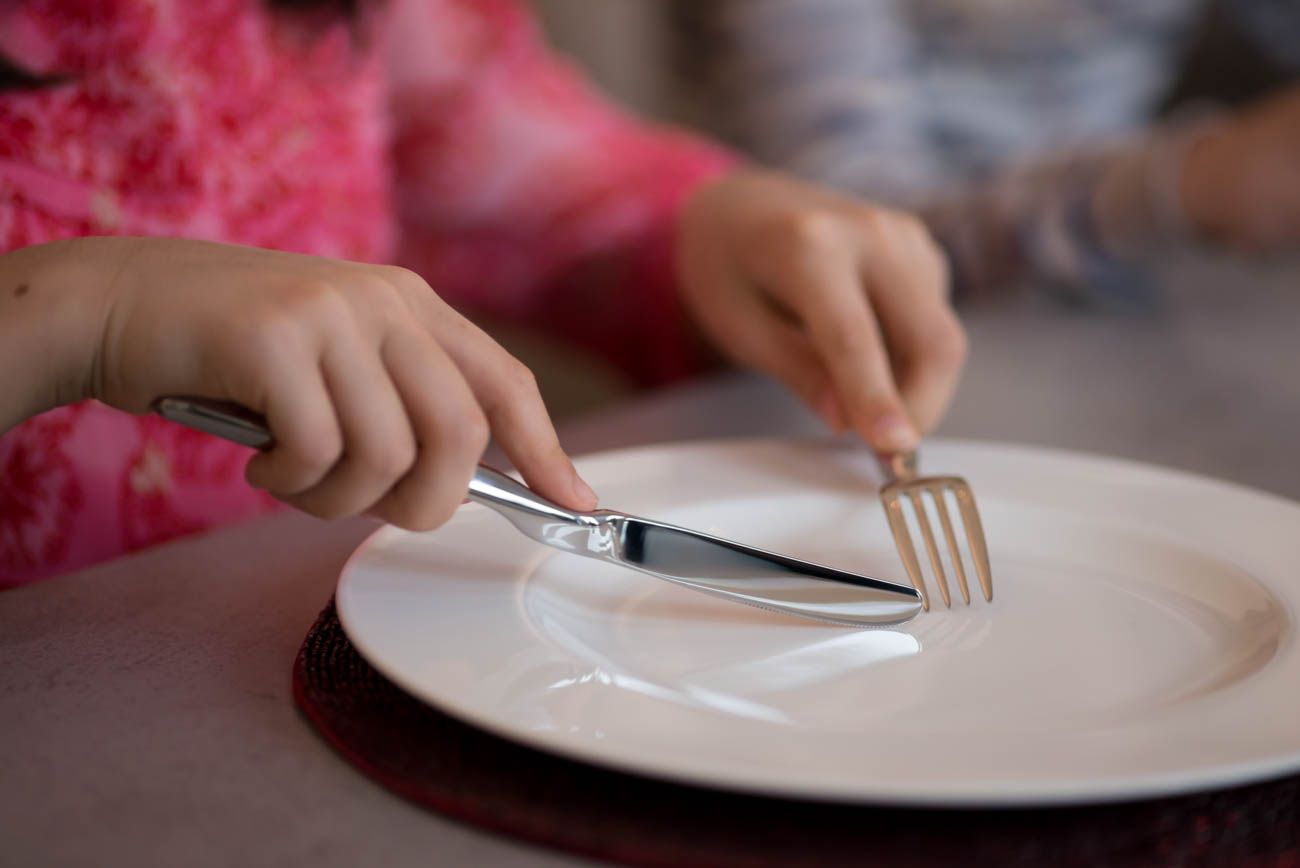



0 thoughts on “Where Did Certain Table Manners Originate?”